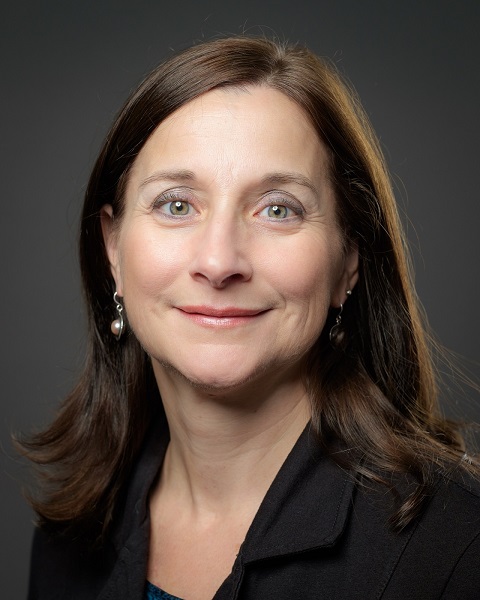Drug toxicity is now second only to cancers in B.C. for potential years of life lost
THE toxic illicit drug supply claimed the lives of at least 2,224 British Columbians in 2021, according to preliminary data released by the BC Coroners Service.
“Over the past seven years, our province has experienced a devastating loss of life due to a toxic illicit drug supply,” said Lisa Lapointe, Chief Coroner. “This public health emergency has impacted families and communities across the province and shows no sign of abating. In 2021 alone, more than 2,200 families experienced the devastating loss of a loved one. In the past seven years, the rate of death due to illicit drug toxicity in our province has risen more than 400%. Drug toxicity is now second only to cancers in B.C. for potential years of life lost. We cannot simply hope that things will improve. It is long past time to end the chaos and devastation in our communities resulting from the flourishing illicit drug market, and to ensure, on an urgent basis, access across the province to a safe, reliable regulated drug supply.”
The last two months of 2021 saw the largest number of suspected illicit drug deaths ever recorded in the province, with 210 deaths in November and an additional 215 in December. The 2,224 total number of deaths is 26% more than the 1,767 illicit drug-related deaths investigated by the BC Coroners Service in 2020, and equates to an average of 6.1 lives lost every day.
The provincewide death rate in 2021 was 42.8 per 100,000 residents. Every health authority in B.C. experienced a record loss of lives.
Since the public health emergency into substance-related harms was first declared in April 2016, more than 8,800 British Columbians have been lost to toxic drugs.
Toxicological testing once again underscores the reality that the illicit drug supply continues to be unstable and increasingly toxic. Fentanyl was detected in 83% of samples tested in 2021. Carfentanil was present in 187 results, almost triple the number recorded in 2020 (66).
Additionally, 50% of samples in December tested positive for etizolam, more than three times the rate of detection in July 2020 (15%). Benzodiazepines create significant challenges for life-saving efforts as naloxone does not reverse its effects. As with previous reporting, almost all test results included the presence of multiple substances.
“We need decision-makers at all levels to recognize and respond to this public health emergency with the level of urgency it demands,” Lapointe said. “The reality is this: every day we wait to act, six more people will die. COVID-19 has shown what is possible when goverments act decisively to save lives. And in order to save lives in this public-heath emergency, we need to provide people with access to the substances they need, where and when they need them. Time has run out for research and discussion. It is time to take action.”
Additional key preliminary findings are below. Data is subject to change as additional toxicology results are received:
* In 2021, 71% of those who died as a result of suspected drug toxicity were between 30 to 59, and 78% were male.
* The townships that experienced the highest number of illicit drug toxicity deaths in 2021 were Vancouver, Surrey and Victoria.
* By health authority, in 2021, the highest numbers of illicit drug toxicity deaths were in the Fraser and Vancouver Coastal health authorities (765 and 615 deaths, respectively), making up 62% of all such deaths during this period.
* By health authority, in 2021, the highest rates of death were in Vancouver Coastal Health (49 deaths per 100,000 individuals) and Northern Health (48 per 100,000).
* By Health Service Delivery Area, in 2021, the highest rates of death were in Vancouver, Thompson Cariboo, Northwest, Northern Interior and Fraser East.
* By Local Health Area, in 2021, the highest rates of death were in Upper Skeena, Merritt, Enderby, Lillooet and North Thompson.
Dr. Nel Wieman, Deputy Chief Medical Officer, First Nations Health Authority, said: “The number of deaths due to toxic drug poisonings for 2021 translates to devastating losses of First Nations people: daughters and sons, aunties and uncles, mothers and fathers, sisters and brothers, and grandfathers and grandmothers. These are people who loved and were loved. In every year since this public health emergency was declared, B.C. First Nations people have been over-represented in toxic drug-poisoning events and deaths. We must change our understanding of the root causes of substance use and addiction, and work together to address the stigmas surrounding toxic drug use and the people who use drugs. We must continue to invest in Indigenous-specific, culturally safe harm-reduction, treatment and recovery services that are accessible, timely and free from discrimination and racism.”
Guy Felicella, peer clinical adviser, Vancouver Coastal Health, said: “I join the thousands of British Columbians who are heartbroken, frustrated and angry over this unfathomable loss. Every one of these deaths was preventable and represents a failure to act, a failure to learn from mistakes. Change nothing and nothing changes. That’s been the story now for years as the approach throughout this crisis has been to meet policies where they’re at, rather than meeting people who use drugs where they’re at. This approach is killing and continues to kill people. Who has the courage to step forward and make this stop?”











